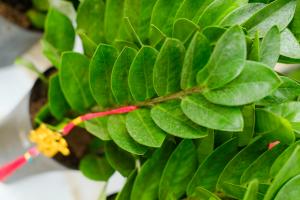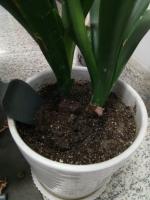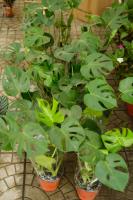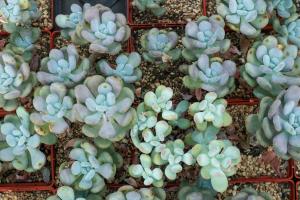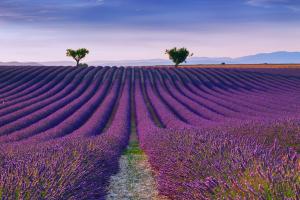Introduction
Wetlands are unique ecosystems that exist between land and water. They are home to a variety of plant and animal species, and play a vital role in maintaining a healthy environment. In this article, we will explore wetlands and the aquatic plants that grow in these areas.
What are Wetlands?
Wetlands are areas that are flooded with water, either seasonally or permanently. They can be found in a variety of landscapes, including forests, meadows, and coastlines. Wetlands are often characterized by wet, soft soil and shallow water.
The Importance of Wetlands
Wetlands play an important role in maintaining the health of the surrounding ecosystem. They help control flooding and erosion by absorbing and slowing down water during times of heavy rainfall. Wetlands also act as a natural filter, cleaning the water that flows through them by absorbing pollutants and excess nutrients. They provide habitat for a variety of plant and animal species, many of which are endangered or protected.
Types of Wetlands
There are several types of wetlands, each with its own unique characteristics and plant communities. Some of the most common types include marshes, swamps, bogs, and fens.
Marshes are dominated by grasses and reeds, while swamps are characterized by trees such as cypress, oak, and maple. Bogs are acidic wetlands that contain peat and are home to unique plant species such as bog mosses and carnivorous plants like the Venus flytrap. Fens are similar to bogs, but are fed by mineral-rich groundwater and are home to a different set of plant species such as sedges and rushes.
Aquatic Plants in Wetlands
Aquatic plants are an important part of the wetland ecosystem. They provide food and habitat for many aquatic animals, and help regulate the water cycle by absorbing excess nutrients and reducing erosion. Some common aquatic plants found in wetlands include cattails, water lilies, and bulrushes.
Cattails are tall, sturdy plants that can grow up to 10 feet tall. They are a great source of food for wetland animals, and their leaves and stems can be woven into baskets and mats. Water lilies are a beautiful and iconic wetland plant. Their floating leaves provide shade and shelter for fish and other aquatic creatures. Bulrushes, also known as reed mace, can grow up to 10 feet tall and have a cylindrical spike at the top of the plant that produces seeds.
Threats to Wetlands and Aquatic Plants
Despite their importance, wetlands are under threat from human activities such as urbanization, agriculture, and industrialization. Drainage and filling of wetlands for development can lead to the loss of important habitat for plant and animal species. Excessive nutrient runoff from agriculture and other sources can also lead to algae blooms and other water quality issues.
Invasive species such as purple loosestrife and phragmites can also crowd out native wetland plants and disrupt the delicate balance of the ecosystem. It is important that we take steps to protect and preserve wetlands and the aquatic plants that depend on these unique ecosystems. This can include measures such as creating wetland preserves, restoring damaged wetlands, and implementing stricter regulations on development near wetlands.
Conclusion
Wetlands are important ecosystems that provide important services to our environment. They are home to a variety of unique plant and animal species, and help regulate our water cycle, control flooding, and filter pollutants from our water. It is important that we take steps to protect and preserve wetlands and the aquatic plants that grow within them. By working together, we can ensure that wetlands continue to thrive for generations to come.

 how many times do yo...
how many times do yo... how many planted tre...
how many planted tre... how many pine trees ...
how many pine trees ... how many pecan trees...
how many pecan trees... how many plants comp...
how many plants comp... how many plants can ...
how many plants can ... how many plants and ...
how many plants and ... how many pepper plan...
how many pepper plan...
